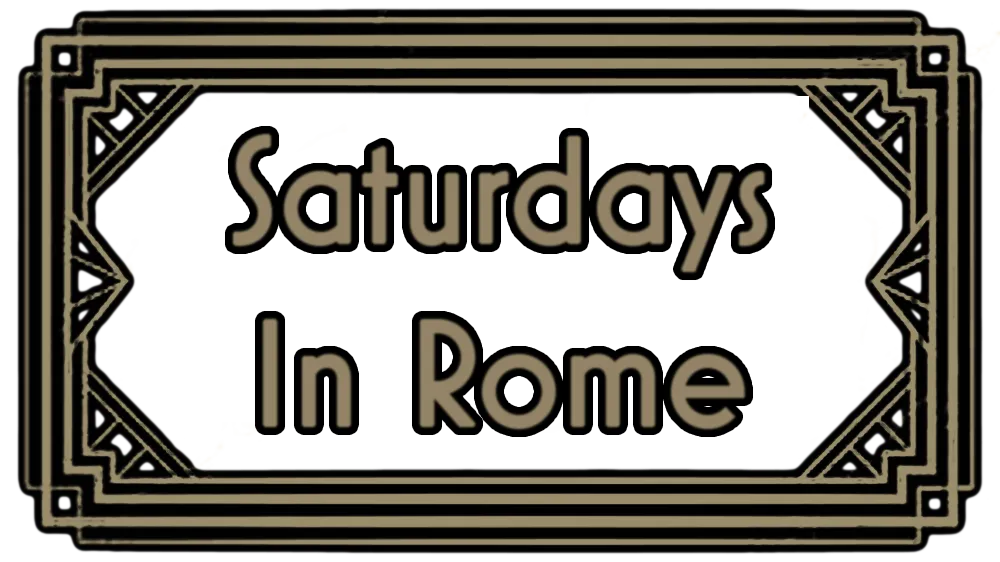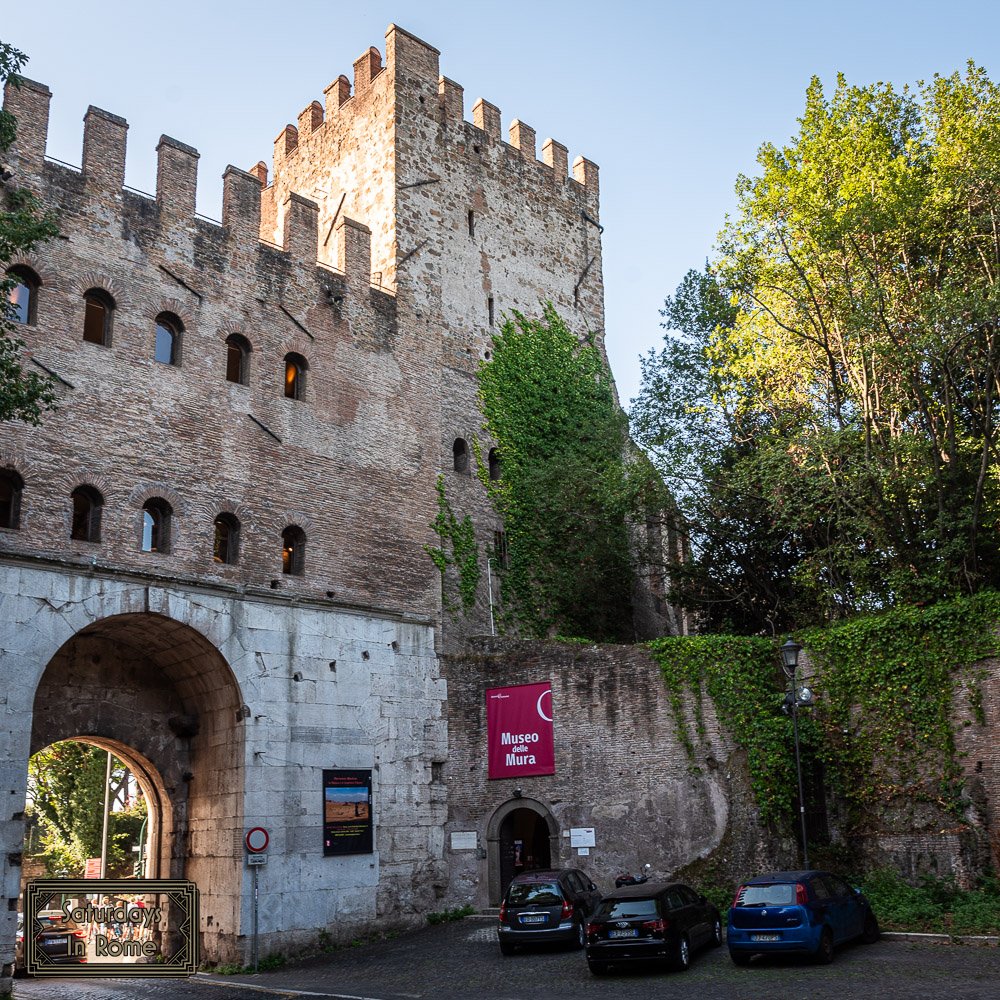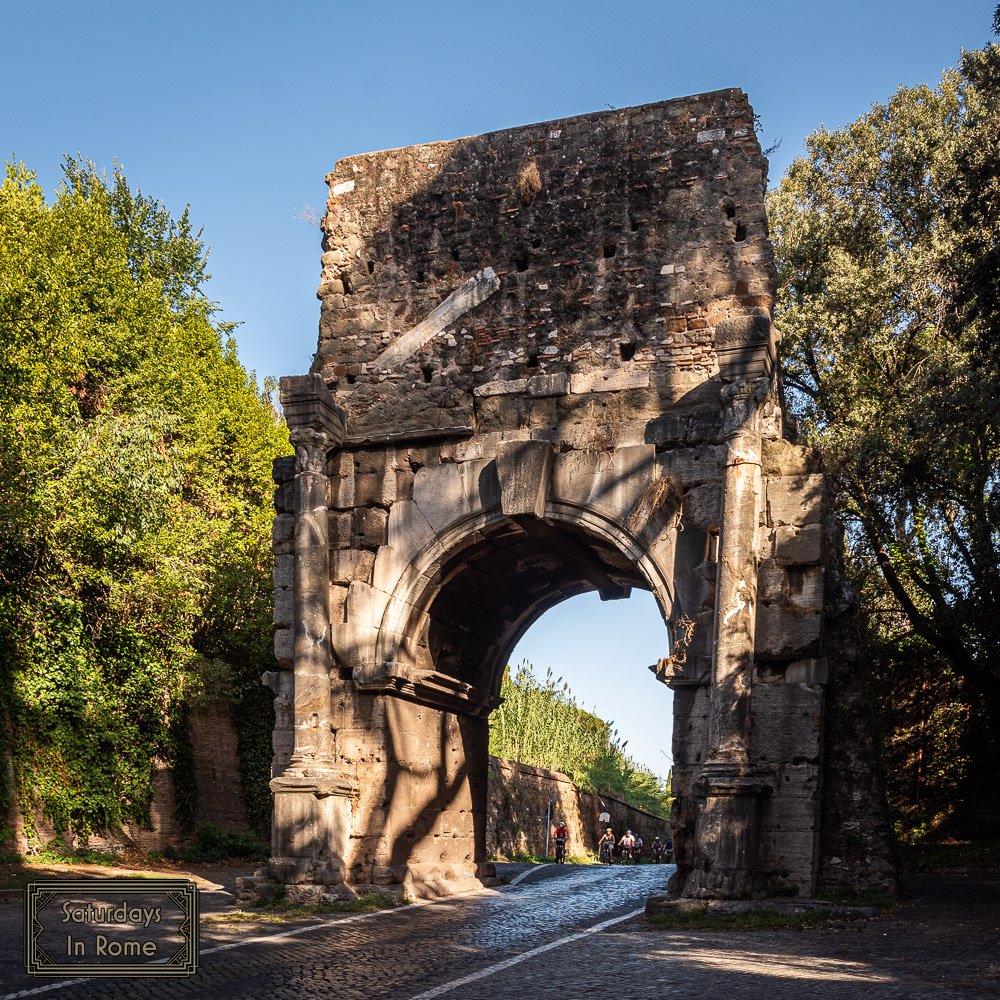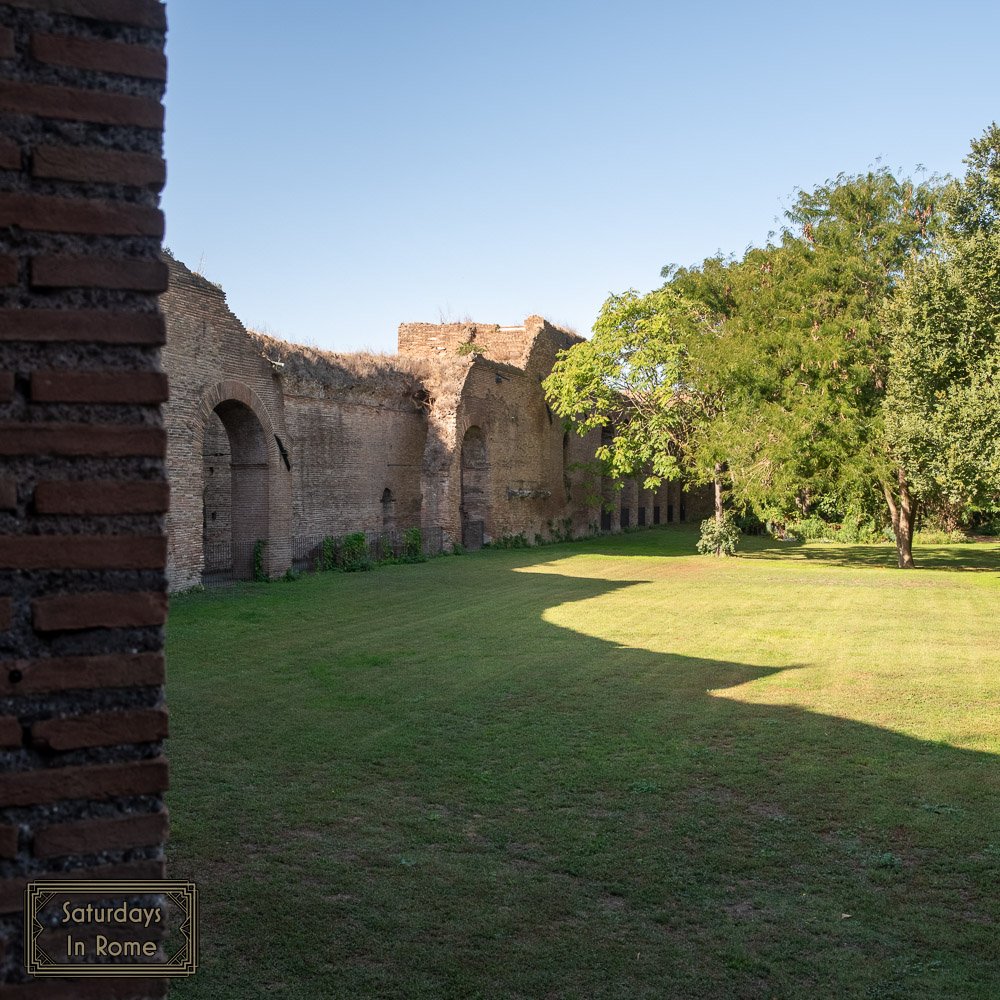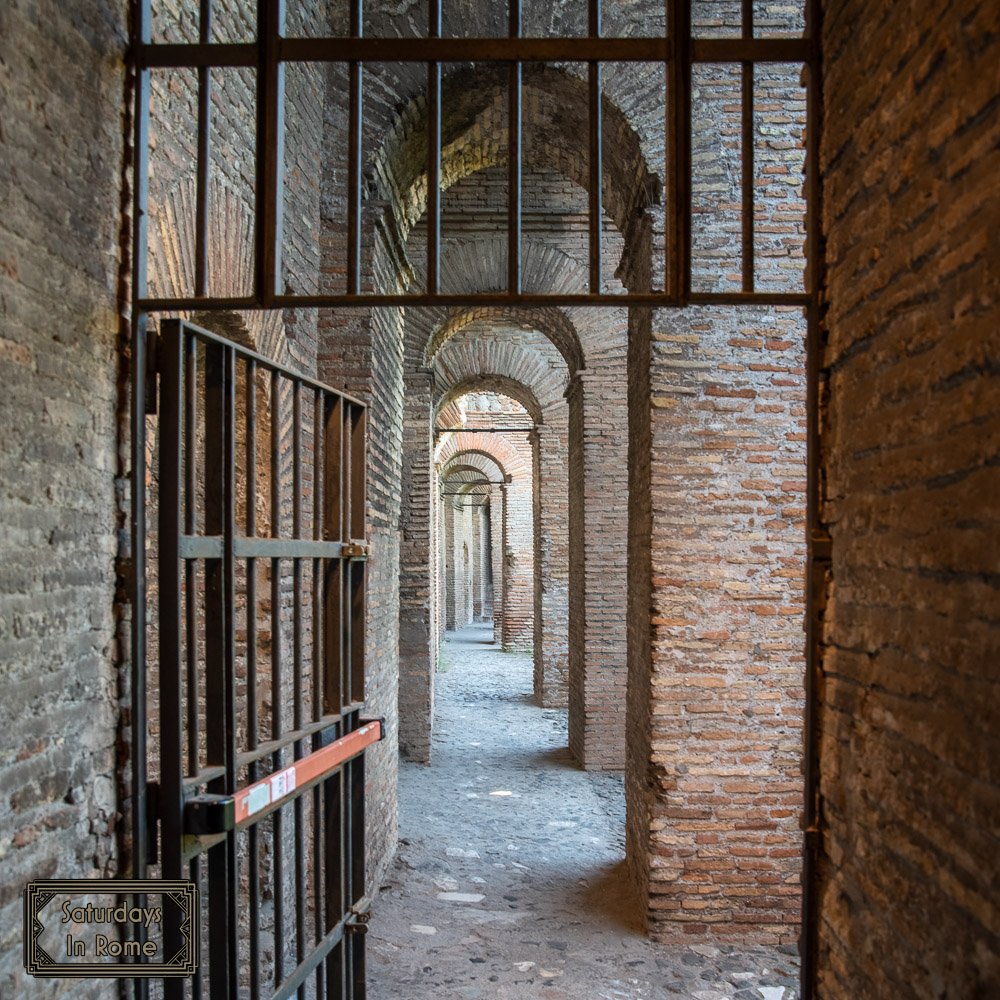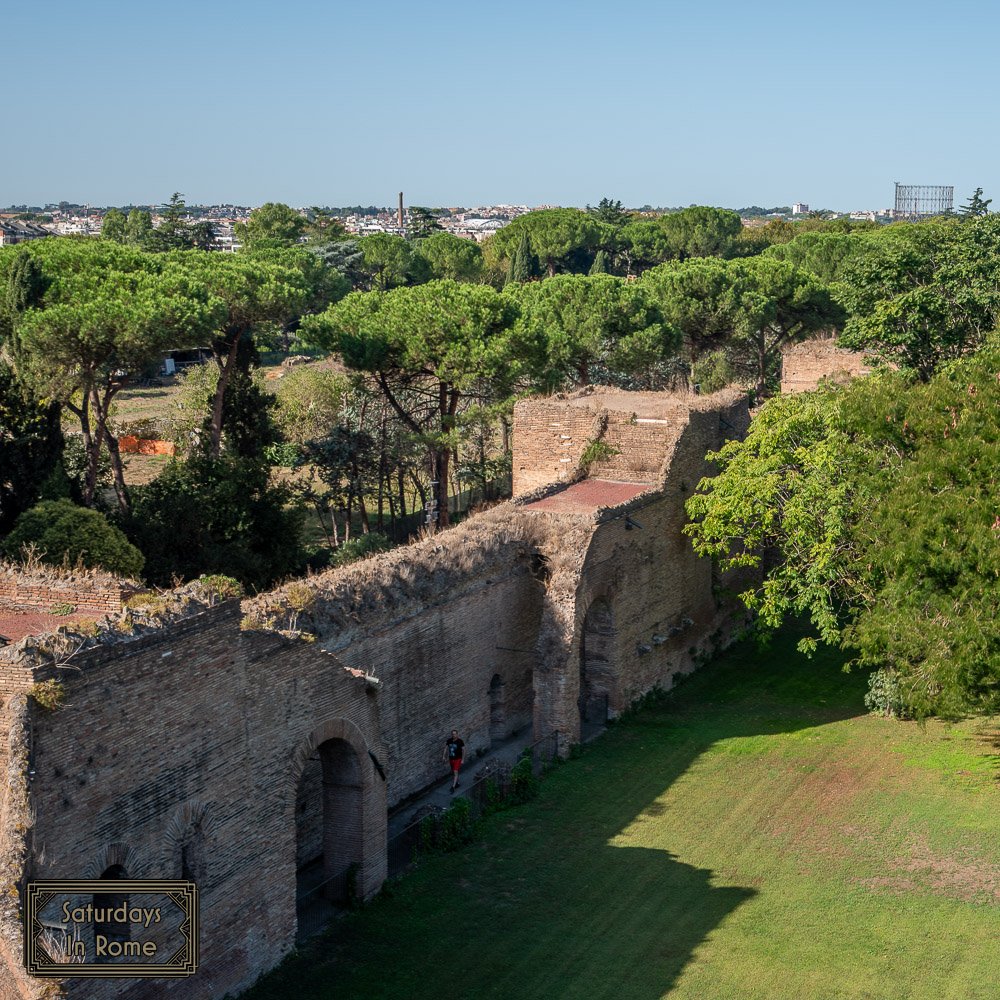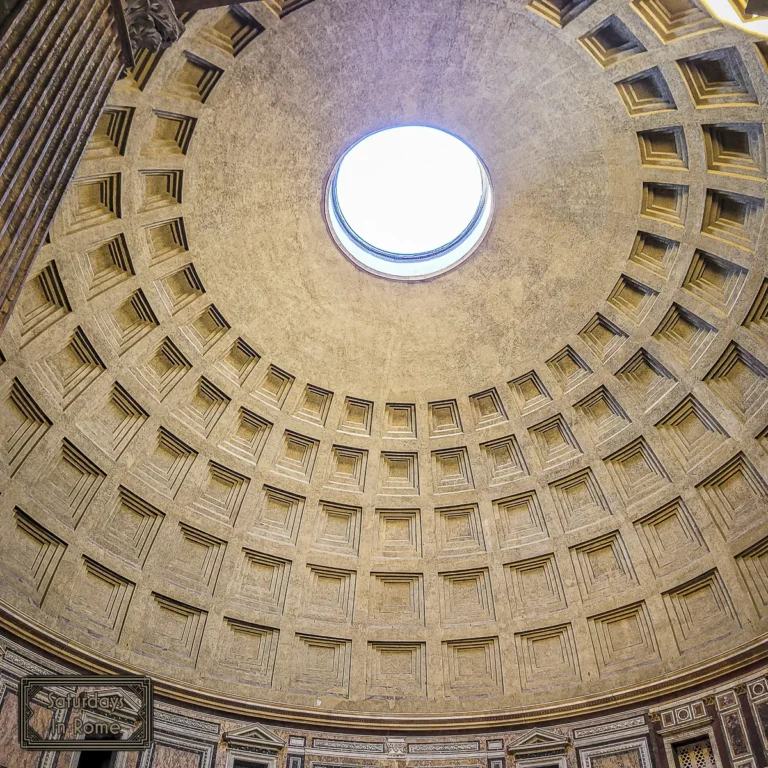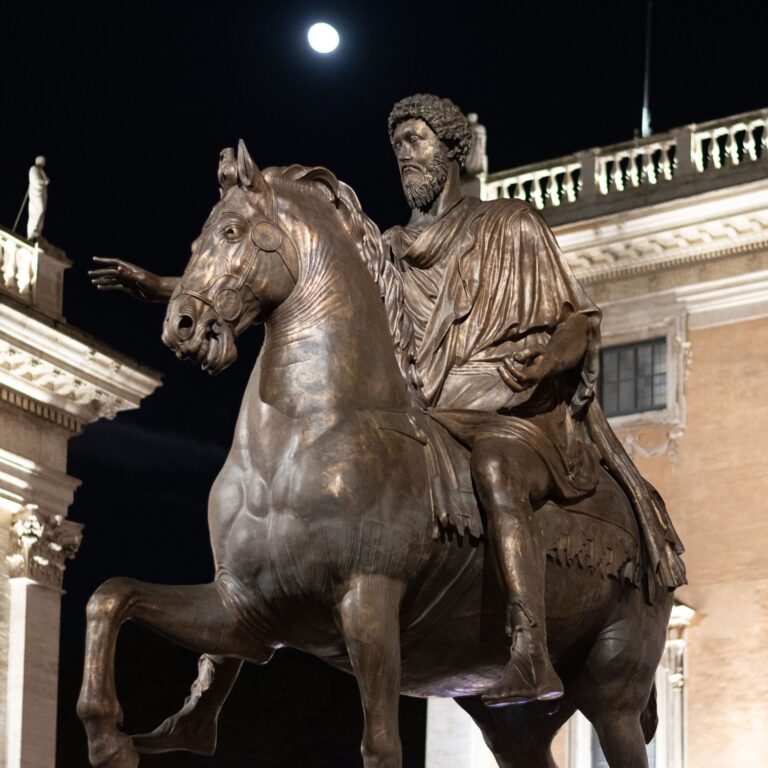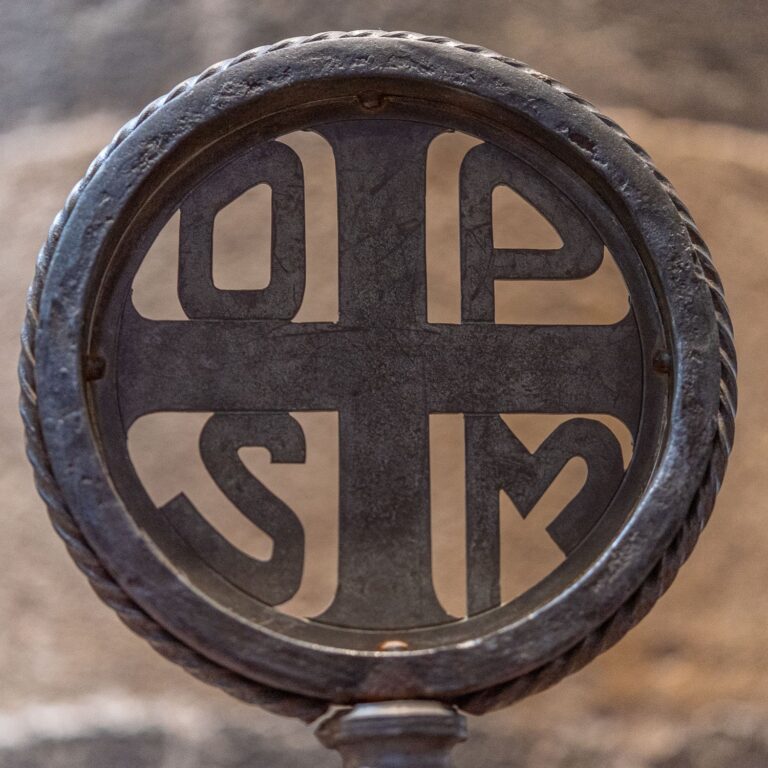The Aurelian Walls In Rome Are Ready For Climbing
The Aurelian Walls in Rome, Italy are an amazing structure that is more than 1,800 years old and can still be seen defending Rome from visitors!
The Museum of the Walls
The Aurelian Walls are a line of protective city walls that circle the city. They were built during the reign of Roman Emperor Aurelian and they still can be seen today. In fact, I recently visited the Museum of the Walls (Museo delle Mura) which is located inside the San Sebastian Gate, which is an opening in the wall in which you can climb all the way up one of the guard towers to get an amazing view of Rome and beyond!
Need Help Planning?
- Cheap Flights: Find The Most Affordable Flights.
- Accommodations: From 1 to 5 Stars And More.
- Car Rentals: Affordable Travel Across Italy.
- Sightseeing Tours: Explore Some Amazing Tours.
- Buying An eSIM: Stay Connected In Italy.
This post includes affiliate links.
What Is San Sebastian Gate?
The original name of this monumental gate (Porta San Sebastiano), one of the largest and best preserved in the Aurelian Walls, was Appia, from the name of the important road which it opened onto. In the Middle Ages the name was corrupted into Daccia and Dazza, over which the name Porta S. Sebastiano eventually prevailed, in honor of the Christian martyr buried in the church on the Via Appia not far from the walls.
Who Was Emperor Aurelian?
Ancient Roman Emperor Aurelian’s original Latin name was: Lucius Domitius Aurelianus and he reigned for only about 5 years. He was a successful military leader who scored a series of victories that reunited the Roman Empire after pressure from invasions of the barbarians, which included: Goths, Vandals, Juthungi, Saramatians and Carpi.
The Aurelian Walls were built around the seven hills of Rome as an additional way to protect the city from these same barbarians because the population had grown far beyond the older city limits that were protected by an earlier Servian Wall.
The Cobblestone Streets
Who Was Saint Sebastian?
Saint Sebastian was an early Christian saint and Martyr. According to Christian tradition, Saint Sebastion was killed for his beliefs by first being tied to a tree and shot with arrows, then being saved and after his recovery he was clubbed to death.
The San Sebastian Gate is named after the Catacombs of San Sebastian, which are nearby. This minor Basilica, also known as Saint Sebastian Beyond The Walls, used to be one of the Seven Pilgrim Churches of Rome, and still is favored by many, because it was replaced in 2000 with the Shrine of Our Lady of Divine Love, which is further outside the walls of the city.
What Is Within The Aurelian Walls?
The Aurelian Walls define the center of Rome (Centro Storico) and contain all the major sites of the city. To the North, the Flaminia Gate allows one to enter Piazza del Popolo. To the south, just beyond the Baths of Caracalla, there is the San Sebastian Gate. To the west is the border on the Tiber River and to the east, the walls include Termini station and Esquilino Hill.
Within the Aurelian Walls is the Servian Wall, which was built more than 200 years earlier, but was replaced because Rome had grown beyond its earlier boundaries.
The Walls Surrounding Rome
Do The Aurelian Walls Still Exist?
Yes, the Aurelian Walls still exist, but in varying levels of collapse. The Museum of the Walls (Museo delle Mura) is a restored section of the wall and the San Sebastian Gate that can provide a glimpse into the history of defending Rome from the barbarian hordes.
You can walk along the walls in various locations in Rome, but this is so far the only place where you can go inside and climb a guard tower. Access is restricted for the majority of the wall because of how precarious the ruins are. Strong shoes are recommended because of the uneven stones and walkways.
Can You Walk The Aurelian Walls?
You can walk next to and through the gates of the Aurelian Walls all around the city of Rome. There aren’t many places to climb up, into and onto the walls, apart from at the Museum of the Walls (Museo delle Mura).
Is Trevi Fountain Within Aurelian Walls?
Yes, Trevi Fountain is within the Aurelian Walls, although you probably won’t notice it because Trevi is so central in the city of Rome that you are nowhere near the walls. Walk down to Piazza del Popolo from Trevi and you can enjoy the Flaminio gate in the wall.
Walk Along The Wall
Is Trastevere Within The Aurelian Walls?
No, the western edge of the wall is along the Tiber river, and Trastevere (beyond the Tiber) is on the other side of the wall, along with Vatican City, which has some of its own walls.
What Are The Gates Of The Aurelian Walls?
These were openings in the protective wall that were guarded, but allowed for entry to and exit from the historical center of Rome. I mentioned two of the more famous gates, Porta Flaminia, which is a huge opening into Piazza del Popolo, and Porta San Sebastiano (San Sebastian Gate), which is the home to the Museum of the Walls, which I recently visited and strongly recommend.
How Can I Visit The Aurelian Walls?
There are actually quite a few ways to visit the Aurelian Walls, and specifically the Museum of the Walls. I chose to walk from the area of the Colosseum, which wasn’t too difficult, but you can also consider:
There are buses that run down via Cristoforo Colombo, and can drop you off a short walk from the museum. Consider the #714 bus.
I also noticed quite a few bike tours that make the museum one of their stops. If you were considering a bike tour, check out if the museum is one of their stops.
There was some limited parking, so if you have a car, you can consider driving, but as I mentioned, parking is very limited.
When you arrive at the museum, unless the door is open, which it wasn’t when I visited, you will need to be buzzed in. Entry to the museum is free, but they let you know that donations are accepted and there is a drop box next to the exit if you feel moved to donate after enjoying your visit. MIC cards are not needed because entrance is free.
The location of the Museum of the Walls (Museo delle Mura) is at: Via di Porta San Sebastiano, 18. Opening hours run from Tuesday to Sunday from 9:00 AM until – 2:00 PM, with last admission 30 minutes before closing time. On January 1st, the hours are from 11:00 AM until 4:00 PM. The museum is closed on Mondays, May 1st and December 25th.
The View From The Tower
More Ancient Roman Empire And Related Posts
If you enjoyed learning about the history of the Aurelian Walls and the San Sebastian Gate, I would recommend checking out some of these other articles that you might find interesting:
- Is The Ara Pacis Augustae Museum In Rome Worth Visiting?
- Trajan’s Market Is Where Ancient Romans Loved To Shop.
- Experience The Sculptures Of Palazzo Altemps.
- Why Is The Roman Forum Important Still To This Day?
- The Papal Basilica of St. Paul Outside the Walls
- The Pantheon History Of Artists And Kings.
- Piazza Vittorio Emanuele II Has Mystic Treasures And Movies.
- The Tiber River In Rome Is As Historic As The City Itself.
- The Most Beautiful Places In Rome, Italy.
- The Largo di Torre Argentina Exhibit Is More Up Close.
- Experience Egyptomania At The Egyptian Pyramid In Rome.
- The Rome Historical Museum Of The Liberation Helps Never Forget.
- Villa Celimontana Is A Tranquil Park With Views Of Rome.
